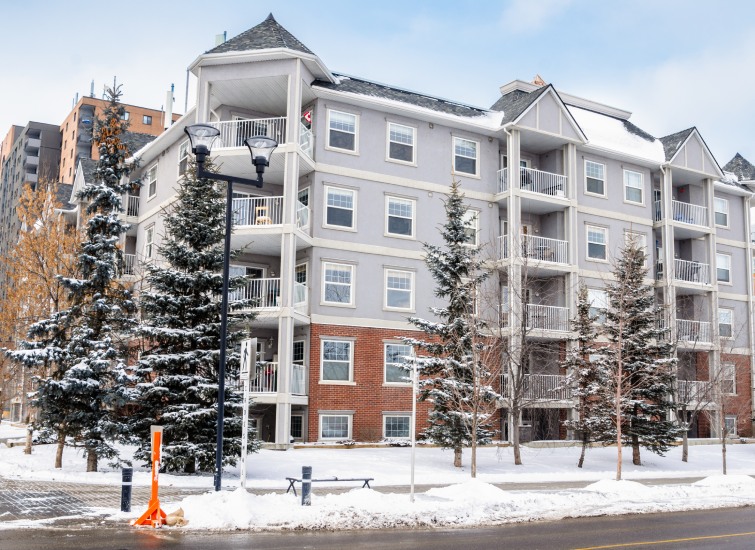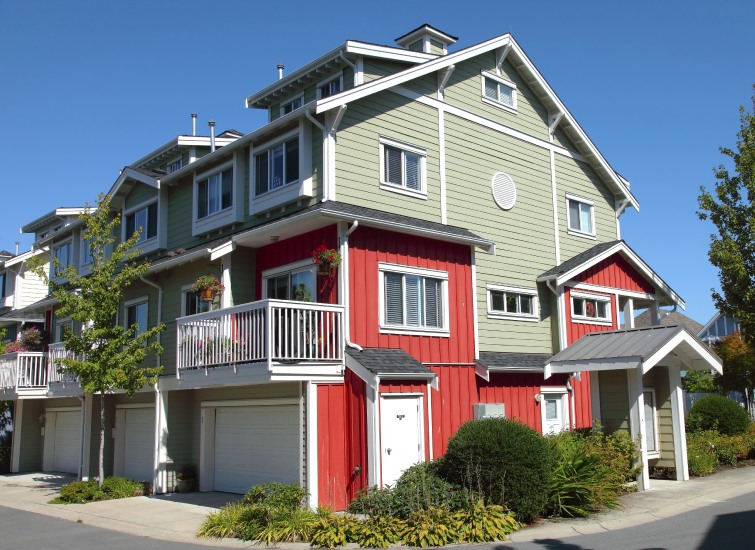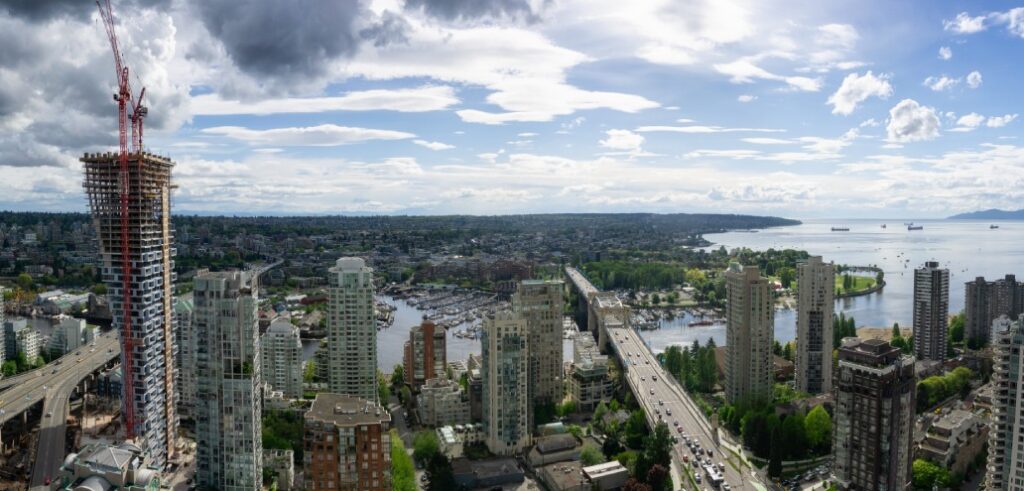Imagine strolling through the bustling streets of Toronto or breathing in the crisp air of the Canadian Rockies. Now, consider how these iconic experiences are shaping the very ground beneath your feet. Tourism isn’t just about snapshots and souvenirs; it’s a driving force in Canada’s local real estate markets.
As tourist numbers swell, fueled by Canada’s rich tapestry of culture and nature, the hospitality real estate sector is riding the wave of this growth. Your investment opportunities are expanding, and the economic landscape is transforming before your eyes.
The Impact of Tourism on Local Real Estate Markets in Canada
Tourism’s role in shaping Canada’s real estate landscape is undeniable. As you delve into the trends, it’s clear that the synergy between these industries creates substantial ripples across the market. Growing tourist arrivals are magnetizing investments into hospitality real estate, a sector that benefits directly from visitors seeking diverse accommodation experiences.
Regional Market Dynamics
Canada’s hospitality real estate landscape isn’t uniform; it’s a mosaic of regional markets each with their own pulse.
In Ontario, prominent cities such as Toronto and Ottawa serve as hubs for business and leisure, driving demands for a variety of lodging facilities. Whether it’s the luxury hotels or the budget-friendly motels, investors and developers eye Ontario for its consistent flow of travelers and robust occupancy rates.
Conversely, British Columbia epitomizes the pull of natural beauty on real estate. Places like Vancouver, Victoria, and Whistler are not just tourist hotspots; they’re catalysts for hospitality sector growth. The province’s picturesque range from forested coastlines to mountainous panoramas underpins a strong demand for accommodations that blend with the locale.
Economic and Government Intersection

Here’s how economic stability and government intervention are underpinning the market:
- Canada’s Economy: With steady GDP growth and low unemployment, there’s a conducive climate for robust investment.
- Government Involvement: Initiatives for infrastructure development and sustainable tourism are paralleled by eased regulations, beckoning both domestic and international investors.
Consumer Preferences and Market Expansion
Changing travel desires are reflected in the evolution of real estate offerings. Travelers now seek accommodations that offer cultural authenticity or remote tranquility. This shift has given rise to novel property developments, especially in upcoming tourist regions like the northern territories and indigenous cultural sites, where demand for unique lodging experiences is sparking new real estate ventures.
Factors Affecting the Local Real Estate Market
Population Growth
You’ve likely noticed bustling property development in areas experiencing a surge of newcomers. This is no coincidence; Population Growth is a crucial market driver in real estate, particularly in places like Canada’s Kootenay region where the lure of natural beauty and community pulls in retirees and remote workers alike.
Demographic shifts are key; as people flock to areas for their appealing lifestyle, real estate demand invariably follows. In Kootenay, for example, you’ll find:
- Increased interest in single-family homes, particularly in smaller communities
- Demand for housing complexes catering mainly to retirees
Real estate developers need to stay attuned to these trends. They must understand the specific needs of incoming residents to optimally align with the demand.
Infrastructure Development
Infrastructure plays a pivotal role in shaping local markets, especially so when considering the real estate sector. Well-connected and easily accessible areas often experience a boost in property values, thanks to the amenities they provide. Investments in infrastructure development aren’t just about roads and utilities; they’re about opening up regions that were previously considered inaccessible.
In Canada, government investments ensure that public funds are being channelled into:
- Transportation networks, improving access and convenience for travellers
- High-speed internet and mobile networks, which are critical in today’s digital age
Positive Impacts of Tourism on Local Real Estate
Increased Property Demand
When you consider the influence of tourism on local real estate markets, you can’t ignore the significant boost in property demand this sector brings. Growing tourist arrivals often translate into a heightened need for accommodation, spawning a variety of rental opportunities. From short-term holiday lets to long-term leases, property owners find themselves with a multitude of options for maximizing their investments.
Rise in Property Values
Tourism doesn’t just amplify demand; it also fuels a rise in property values. With sustained demand comes an appreciation of property worth, as seen in localities enriched with tourism. This can be particularly pronounced in Canadian hubs known for their tourist draw, where the consistent flow of visitors bolsters the real estate markets with robust and resilient investment opportunities.
The advent of new businesses—attractions catalyzed by tourism—can transform neighborhoods and reinvigorate the market. Unique accommodations such as boutique hotels or glamping sites crop up, inherently driving property values northward.
The influence of platforms like Airbnb has shifted the focus towards high-quality short-term rentals. The initiative ‘Beyond by Airbnb’ promises luxury experiences, drawing high-end travellers who might traditionally opt for bespoke retailers. Increased interest in Airbnb properties can result in a discernible hike in residential real estate prices in sought-after areas.
Negative Impacts of Tourism on Local Real Estate

Increased Competition for Housing
One of the most pressing concerns is the Increased Competition for Housing. As tourism flourishes in Canadian locales, so does the demand for accommodations, pushing property prices upward. This increase is especially pronounced in tourist hotspots, where investors flock, seeking lucrative returns on short-term rentals.
The surge in housing demand often leads to a scarcity of long-term rentals, making it challenging for locals to find affordable housing. Data from municipalities across Canada show marked increases in rental prices, particularly in areas with high tourism activity. For instance, property values in cities like Vancouver and Toronto have skyrocketed, making headlines nationwide.
Displacement of Local Residents
The competition for housing due to tourism can often lead to the displacement of local residents. As landlords and property owners opt for the more profitable short-term tourist market, they might convert long-term rentals into vacation spots. Consequently, the locals, especially those on lower incomes, find themselves edged out of their neighborhoods, a phenomenon termed ‘touristification.’
In some cases, entire communities in Canada’s most visited regions have transformed, with areas like Whistler and parts of Quebec’s Charlevoix region experiencing noticeable shifts in their demographic profiles. Studies have shown that the rental market’s redirection towards tourists displaces residents, fundamentally altering local character and community structure. Consider these points:
- Long-term residents are forced to move to more affordable areas.
- Community cohesion suffers as transient tourist populations replace stable local families.
- Services tailored for residents may pivot to cater to the needs of tourists, further alienating locals.
This displacement not only affects the social fabric of Canadian communities but also raises ethical considerations about the rights of residents versus the benefits reaped from tourism.
Conclusion
You’ve seen how tourism’s surge can reshape Canada’s real estate landscape, often with a double-edged sword. While it brings innovation and economic growth, it also presents challenges that demand smart, sustainable solutions. It’s clear that balance is key—preserving the vibrancy of local communities while welcoming the world. As stakeholders work together to harmonize the interests of tourists and residents alike, the future of Canada’s real estate in tourist hotspots looks to be as dynamic as it is promising. Remember, the goal is to ensure that the places you love to visit remain wonderful places to live.








